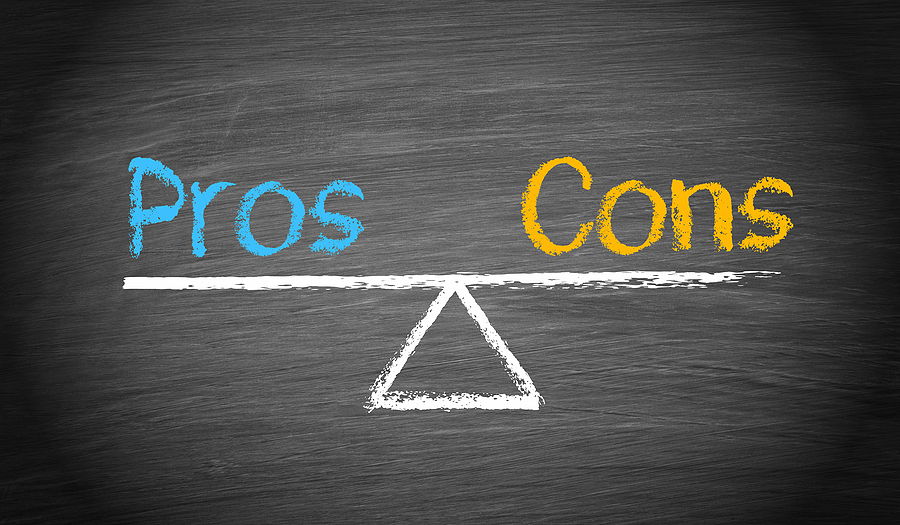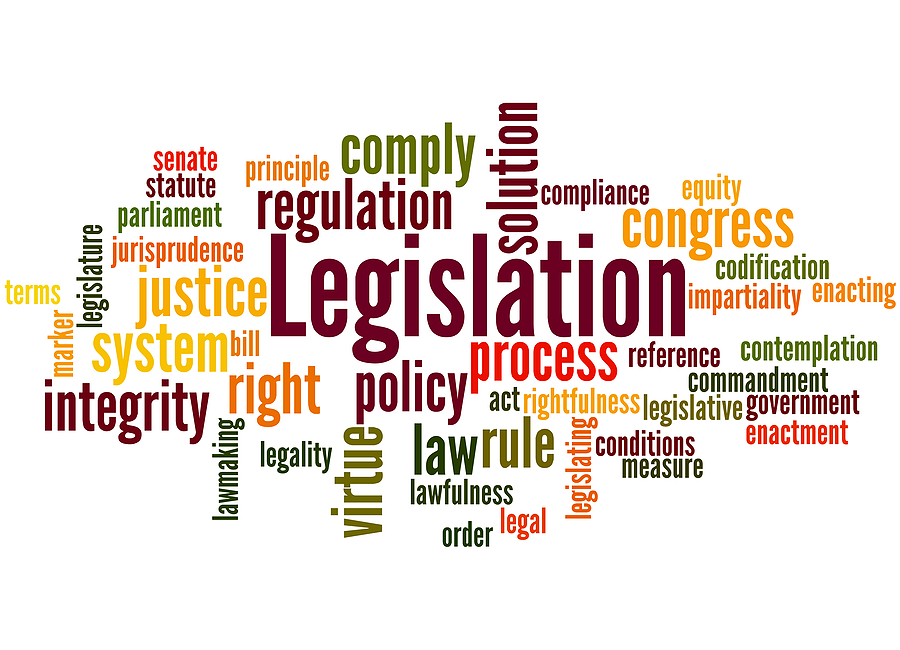3 Ways Rising Interest Rates and Inflation Impacts You
3 Ways Rising Interest Rates and Inflation Impacts You
Interest rates are rising as Fed officials dred raised rates by a quarter-point in March 2022 to a target range of 0.25% to 0.5%. Their median forecast signaled that they expect to lift rates to 1.9% by the end of 2022 and to 2.8% by 2023.
When they raise interest rates, the Fed’s goal is to slow spending, which lowers demand and prices to help curb the inflation rate. Interest rates and inflation are generally tied together as The Fed attempts to control both to help boost the economy. Here are some facts about today’s inflation and interest rate environment that may impact you:
#1- The inflation rate is at a forty-year high
Demand for products is high, and when demand is high, prices soar, creating inflation. Today’s inflation is due to multiple things:
- COVID-19
- Supply chain issues
- A shrinking workforce
- Higher wage demands
- Surging oil prices impact transportation costs
- COVID-19 relief packages
#2- Inflation is stretching the dollar
American consumers are experiencing inflation at the grocery store, the gas pumps, electricity, and consumer staples such as household goods and hygiene products. All items in the Consumer Price Index (CPI) continued to accelerate, rising 8.5 percent for the 12 months ending March 2022, the most significant 12-month increase since December 1981. All items less food and energy index rose 6.5 percent, the most considerable 12-month change since August 1982.
#3- Increasing interest rates on debt
Small interest rate hikes spread over a few months likely won’t be as impactful to individuals with low debt-to-income ratios. But for those with a lot of debt, increasing interest rates are unwelcome. Here are some of the debt instruments that are interest-rate sensitive:
- Student Loans
- Home Mortgages with Variable Rates
- Credit Card Interest Rates
- Savings Accounts and CDs
- Auto Loans
While some of these debts may have a set interest rate, the rate often depends on the prime rate, which is the rate The Fed borrows to banks. The banks then mark up the rate, which is the rate they charge lenders on loans.
Ways to offset inflation and interest rate risk
While investors can’t control interest rates or inflation, there are steps they can take to help decrease the impacts:
- Allocate part of your portfolio to specific products to allow asset allocation strategies to address inflation.
- Improve your financial literacy about inflation and interest rates.
- Develop a budget to manage your spending
- Reduce the use of credit since inflation generally increases interest rates
Are you concerned about rising interest rates and inflation?
A financial professional can help you determine what strategies are appropriate to your situation and help you plan for a more secure financial future. Contact them today.
SWG2153188-0422b The sources used to prepare this material are believed to be true, accurate and reliable, but are not guaranteed. This information is provided as general information and is not intended to be specific financial or tax guidance. When you access a link you are leaving our website and assume total responsibility for your use of the website you are linking to. We make no representation as to the completeness or accuracy of information provided at this website. Nor is the company liable for any direct or indirect technical or system issues or any consequences arising out of your access to or your use of third-party technologies, websites, information and programs made available through this website.
In addition, The Legacy Source specializes in providing strategies and guidance for those who are seeking a better lifestyle in retirement. If you have retirement savings of five million dollars or $50,000, we can ensure it works as hard. As a result, we offer our experience and knowledge to help you design a custom strategy for financial independence. Contact us today to schedule an introductory meeting!






